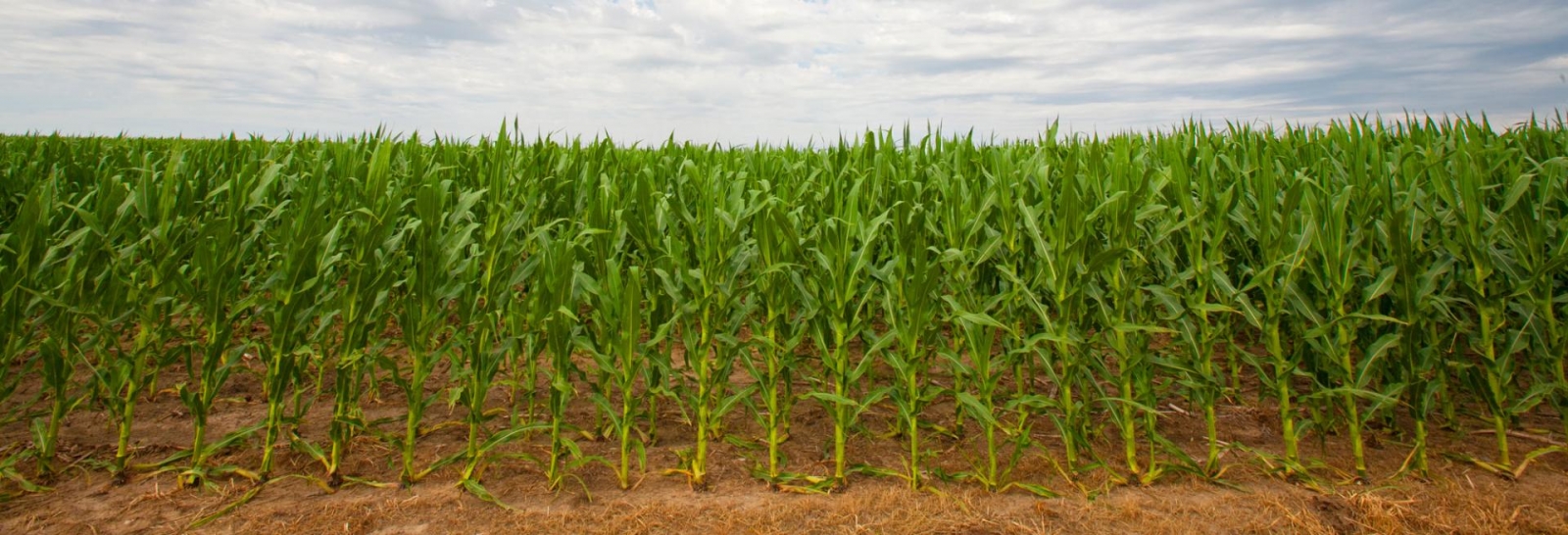Fall Armyworm Damage and Recovery
Fall armyworms have been hitting pastures and alfalfa fields this fall, leaving producers wondering if their forage will recover. Let’s look into that today.
Fall armyworms feed in the early morning and evening hours, and heavy infestations can strip leaves almost overnight, leaving fields looking scorched. While this may look bad, grasses in most established pastures will regrow if crowns and growing points remain intact. With such a late and extreme defoliation, recovery can take a while. Recovery may slow growth next spring and thinned spots may have increased weed pressure.
Alfalfa fields can be especially at risk. Established stands usually recover if they have time before frost, but late defoliations can act like a late cutting, stressing the plant heading into winter and resulting in increased winterkill risk. New seedings can be wiped out and often need to be reseeded next spring.
After an outbreak, the best step is to rest fields from grazing or harvest to allow recovery. In hayfields, mowing can remove food for larvae and help stimulate regrowth but remember — armyworms may keep feeding until cut forage dries. In extensive situations, fall armyworm grazing could be used as an opportunity to interseed clover or other legumes in a pasture.
The bottom line? Established forage usually bounces back after armyworms, but young stands are vulnerable. Scout carefully, rest recovering fields, and be ready to reseed if seedlings are lost.
Storing to Reduce Hay Losses
Fall is here and hay season is wrapping up. As you bring in your round bales for winter feeding, are you storing them in a way to minimize weather losses?
Hay stored outside will be damaged by rain, snow, wind and ice this fall and winter. The average round bale may lose up to 1/4 of its original nutrients during storage, but these losses can be reduced to less than 10% or so with proper storage.
If we can’t get bales inside or under a tarp, giving space for air to flow around the bale to dry them out when moisture does fall is better than placing them side to side where rain, snow and ice will gather and get trapped. Stacking uncovered will create a similar problem. Worst of all is placing round bales on their ends so moisture is able directly enter the bale.
Does snow drift around your bales? Bales placed in east-west rows often have drifts on the south side. Hay next to fencelines or trees can get extra snow. As snow melts it soaks into bales or makes the ground muddy. Plus, the north side never gets any sun, so it's slow to dry. This year, line your bales up north-and-south for fewer drifts and faster drying as sunlight and prevailing winds hit both sides of the row.
Most important is the bottom of your bales. Always put bales on higher, well-drained ground so water drains away from them. If necessary, use crushed rock, railroad ties or even pallets to elevate bales to keep the bottoms dry. This also will reduce problems getting to your hay due to snow drifts or mud.
Plan now to store bales outside right. Use a single row of bales end to end, along with consideration for row orientation, and ground surface drainage for the best outcome.

